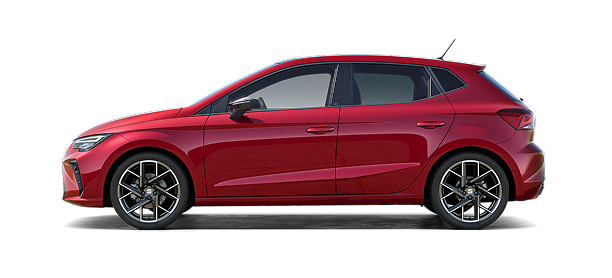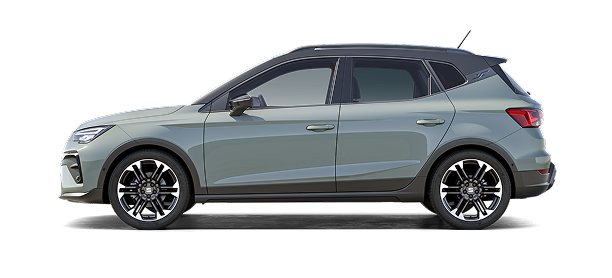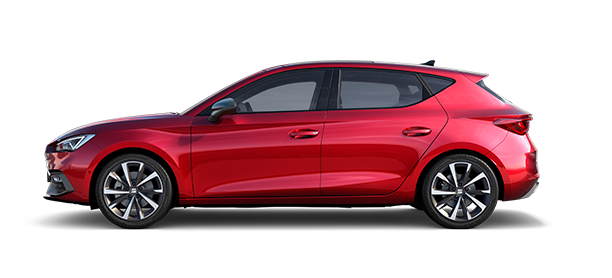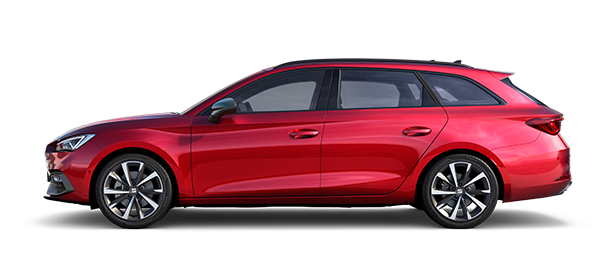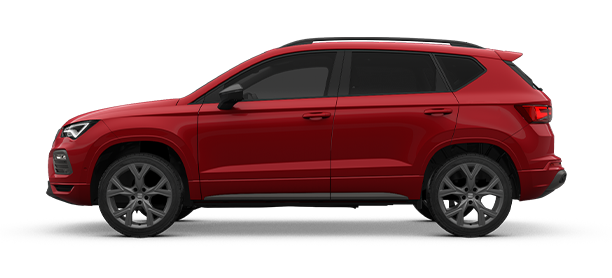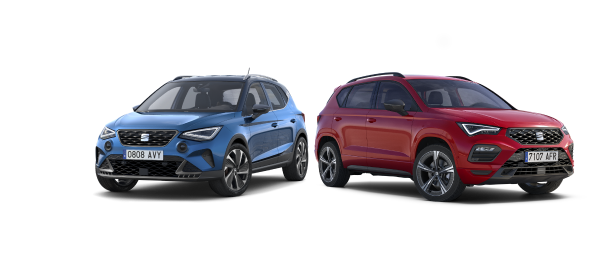They’re everywhere you look: in video game consoles, in the device you’re reading this text on, and yes, also in cars. We’re talking about batteries. They’re one of the main components of electric and hybrid vehicles, so users are interested in knowing how they work. To address some common questions, an expert from SEAT S.A.’s pioneering battery research and development lab, Test Center Energy, answers five key questions about batteries.
What are batteries made of?
“The technology we use in the Volkswagen Group is lithium-ion based, specifically with the chemical combination nickel, manganese and cobalt (NMC)” explains Francesc Sabaté, head of the Test Center Energy (TCE). These elements form cells, which are the minimum energy storage units that facilitate charging. “The cells are grouped into modules and arranged in packs that, together with the control electronics, the cooling system, and the casings, create the complete battery that is ready to be assembled in the vehicle” adds Francesc.
What’s the difference between an electric and a hybrid battery?
Batteries are at the heart of both electric and hybrid vehicles.
The answer lies in their energy storage capacity. “In an electric vehicle, since it doesn’t have a combustion engine as in a hybrid, the battery needs to have more capacity to travel the same distance” says the engineer. This means that it needs more cells: “The battery of a hybrid has around 100 cells, while that of an electric vehicle has around 300.”
How long does it last?
“It depends on how people drive their car: the frequency of use, the temperatures it’s exposed to and the number of charge cycles” Francesc replies. And he adds: “In the case of our vehicles, we can ensure a minimum of 160,000 kilometres or 8 years of guaranteed service life thanks to the intensive tests we subject the batteries to.” The testing includes extreme climatic conditions and modes of use that continuously push the batteries to their limits.
How can their life be extended?
The key is to keep the vehicle in the best possible condition: “It’s advisable to minimise the number of quick charges, because this prevents the battery temperature from rising too high” he explains. “Keeping its charge level between 40% and 80% also helps extend the battery's life beyond the minimum warranty criteria” the SEAT S.A. engineer adds.
Do they have a second life?
Many drivers are still unfamiliar with the ins and outs of batteries.
Once electric vehicles have reached 160,000 km or after 8 years, the battery still performs to around 80% of its capacity. “This means that we may experience a shorter range in everyday use of the car and therefore, in the distance we can travel with it after a charge” says Francesc. “But it doesn’t mean that the battery is no longer useful, as this 80% capacity can be used in other applications that require less power, such as static energy storage.” This new function ensures that a single battery can be reused to extend its life.
TEST CENTER ENERGY (TCE)
- 1,500 square metres
- 1.3 megawatts of testing capacity
- 6,000 complete tests per year
- 17,500 hours of tests and simulations
- 5 test benches
- 5 climatic chambers with a temperature range of 80°C
- Operating 24 hours a day, 7 days a week





